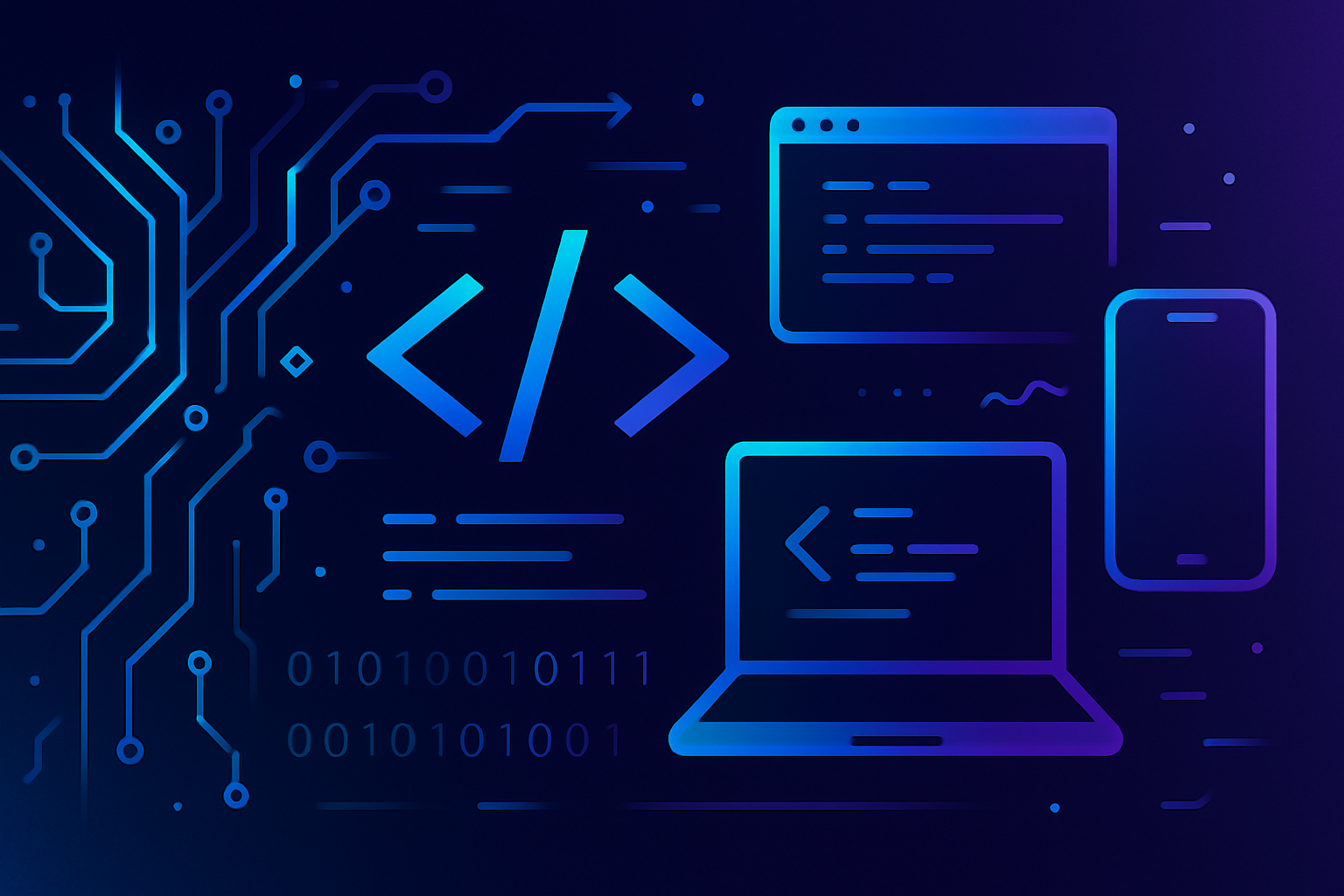Blog Details
Integrating ChatGPT API with Laravel: A Step-by-Step Guide

Introduction: In today's digital landscape, integrating AI capabilities into web applications has become increasingly popular. One such capability is integrating ChatGPT, a powerful language model developed by OpenAI, into web applications to enable natural language understanding and generation. In this tutorial, we'll explore how to connect ChatGPT API with Laravel, a popular PHP framework, to build intelligent conversational interfaces.
Prerequisites: Before we begin, ensure you have the following prerequisites installed:
- PHP installed on your machine
- Composer (Dependency Manager for PHP) installed
- Laravel installed (if not, you can install it via Composer)
- Basic understanding of Laravel and API integration concepts
- Access to ChatGPT API (you can sign up for API access on the OpenAI website)
Step 1: Install Guzzle HTTP Client Guzzle is a popular PHP HTTP client that Laravel uses for making HTTP requests. Install Guzzle via Composer by running the following command in your Laravel project directory:
composer require guzzlehttp/guzzle
Step 2: Configure ChatGPT API Credentials Once you have access to the ChatGPT API, obtain your API key. In your Laravel project, create a .env file if not already present, and add your API key:
CHATGPT_API_KEY=your_api_key_here
Step 3: Create a ChatGPT Service Class In Laravel, services are often created to encapsulate interactions with external APIs. Create a new service class for ChatGPT by running the following command:
php artisan make:service ChatGPTService
This will generate a new service class under the App\Services directory.
Step 4: Implement ChatGPT Service Open the generated ChatGPTService.php file and implement methods for interacting with the ChatGPT API. Here's a basic example of how you can implement a method to send a prompt and receive a response:
client = new Client();
$this->apiKey = env('CHATGPT_API_KEY');
}
public function generateResponse($prompt)
{
$response = $this->client->post('https://api.openai.com/v1/completions', [
'headers' => [
'Content-Type' => 'application/json',
'Authorization' => 'Bearer ' . $this->apiKey,
],
'json' => [
'prompt' => $prompt,
'max_tokens' => 150,
'temperature' => 0.7,
'n' => 1,
],
]);
return json_decode($response->getBody(), true)['choices'][0]['text'];
}
}
Step 5: Utilize the ChatGPT Service in Controllers or Routes You can now use the ChatGPTService in your controllers or routes to generate responses based on user prompts. Here's an example of how you can utilize it in a controller:
chatGPTService = $chatGPTService;
}
public function chat(Request $request)
{
$prompt = $request->input('prompt');
$response = $this->chatGPTService->generateResponse($prompt);
return response()->json(['response' => $response]);
}
}
Step 6: Make API Requests Finally, you can make API requests to your Laravel application to interact with ChatGPT. You can use tools like Postman or curl to send POST requests to your Laravel endpoint /api/chat with a JSON payload containing the user's prompt.
Conclusion: Integrating ChatGPT API with Laravel opens up a world of possibilities for building intelligent conversational interfaces in your web applications. With the power of AI, you can enhance user experiences and create more engaging interactions. By following the steps outlined in this tutorial, you can seamlessly connect ChatGPT API with your Laravel projects and unlock the potential of AI-driven conversations.
